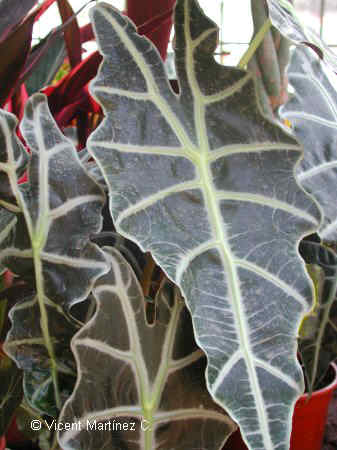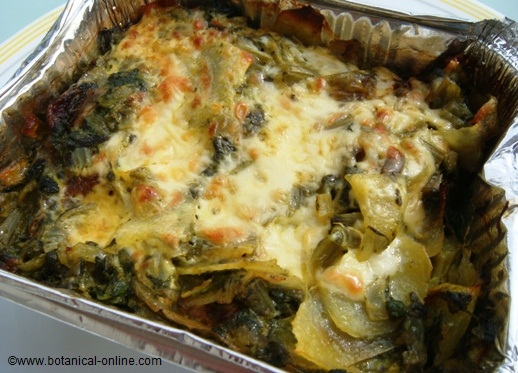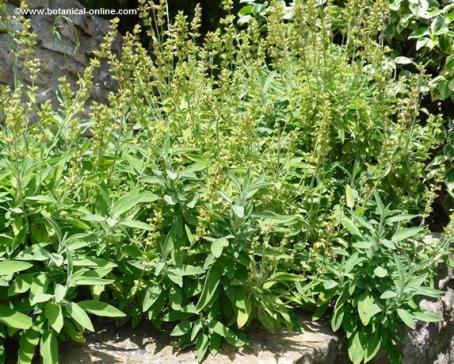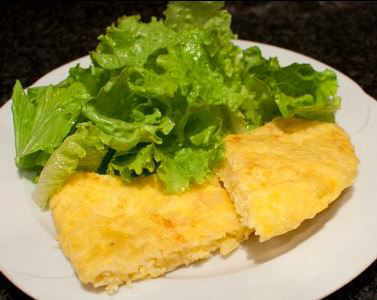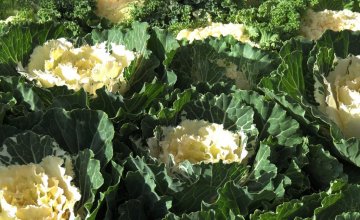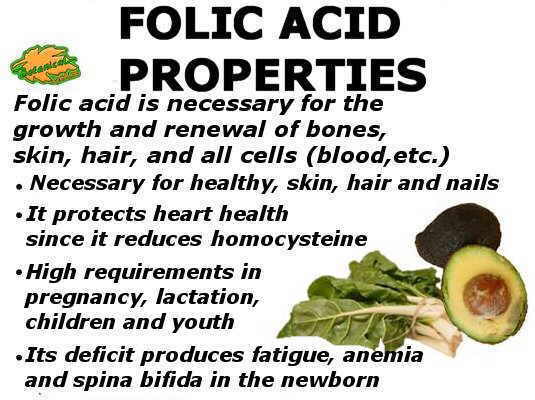Contents
- 1 Differences between white meat and red meat
- 1.1 Pork meat: red or white meat? Is it advisable?
- 1.2 What is the definition of red meat?
- 1.3 What is the difference between red meat and white meat?
- 1.4 Exceptions of red meat
- 1.5 What is white meat and what is red meat?
- 1.6 Is pork meat white meat or red meat?
- 1.7 Nutritional comparison between red and white meats
- 1.8 Why is red meat bad for its iron content?
- 1.9 Ecological background of red meat
- 1.10 Are pork sausages red or white meat?
- 1.11 Is it advisable to eat pork?
- 1.12 Composition and comparison between chicken and pork loin
Differences between white meat and red meat
Pork meat: red or white meat? Is it advisable?
There is some controversy among dietitians about whether some cuts of pork can be classified as white meat, or whether all parts of pork should be considered red meat.
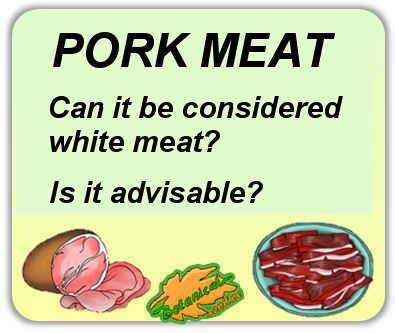
Doubt: is pork meat red or white?
What is the definition of red meat?
On the one hand, World Health Organization (WHO) defines red meat as meat that comes from mammals, such as pigs, lambs, horses or goats.
What is the difference between red meat and white meat?
The iron content is the main difference between white meat and red meat. As its name suggests, red meat is reddish in color, and this is because it has a higher iron content.
Exceptions of red meat
In the classification of red meats there are exceptions such as rabbit meat. Although a rabbit is a mammal, its meat is poor in iron and therefore classified as white meat. Numerous studies include rabbit meat within the group of white meats, and this consideration seems well established among the scientific community.
So, the question that arises is: if rabbit meat can be an exception and considered white meat, why not certain parts of the pig can be considered white meat, if they have a composition similar to this one?
That is why some dietitians, and also meat industries, include within the group of white meat certain lean pork parts, such as pork loin and pig’s trotters, because they have a nutritional composition similar to that of white meat. The controversy is served: Can it be considered that pork loin and pig’s trotters are white meat?
What is white meat and what is red meat?
To refine what is considered red meat and what white meat and why one has such a bad reputation and the other does not, it must be explained that the main difference between white and red meat is the iron content. For example, poultry meat, such as turkey, contains 0.8 mg of iron per 100 g, while calf has 3 times more, 2 mg. of iron per 100g. It is therefore a considerable difference.
Is pork meat white meat or red meat?
Once clarified what is considered red meat and is tought to be white meat, it can be said that pork is usually red meat, such as ham, blood sausage (and other sausages such as cold meats), bacon, chops, etc. But, due to its different nutritional composition, pork loin and pork feet (pig’s trotters) can be considered white meat.
 Photo of different cuts of a pig’s body in a traditional village party called “the slaughter of the pig”, where people takes advantage of many parts of the animal for meat and sausage, which provides food during the year
Photo of different cuts of a pig’s body in a traditional village party called “the slaughter of the pig”, where people takes advantage of many parts of the animal for meat and sausage, which provides food during the year
Nutritional comparison between red and white meats
To see if it is possible to classify the pork within the group of white meats, one would have to see its iron content and compare it with that of other white and red meats, and draw our own conclusions.
To all this, it is worth mentioning that there is no strict definition of what is a lot and little iron in a meat, therefore, reference values will be chosen, such as veal and chicken, which are the most emblematic foods within each group:
| Table of iron content of different types of meat | ||
|---|---|---|
| Type of meat | Iron content per 100g | What is considered? |
| Blood sausage | 8 mg of iron | Red meat |
| Iberian ham | 4 mg of iron | Red meat |
| Cold ham cooked | 2 mg of iron | Red meat |
| Veal | 1,9 mg of iron | Red meat |
| Sausage | 1,8 mg of iron | Red meat |
| Rabbit meat | 1,5 mg of iron | White meat |
| Pork loin | 1 mg of iron | White meat |
| Turkey meat | 0,9 mg of iron | White meat |
| Pig’s trotters | 0,6 mg of iron | White meat |
| Chicken meat | 0,5 mg of iron | White meat |
It is observed that pork has a very variable composition in iron, depending on whether it is processed meat or the type of cut.
- Pork feet and pork loin can be considered white meat. The rest of the animal, practically everything is red meat.
Why is red meat bad for its iron content?
Red meats have bad popularity and you should not abuse their consumption. The reason for this recommendation is because it has been seen that the ingestion of iron of animal origin favors the formation of nitrosamines in the intestine (endogenous nitrosamination). The problem with this happening is that nitrosamines are potent carcinogens and increase the risk of colon cancer.
This hypothesis has been demonstrated and there is currently solid scientific evidence to state that the consumption of red meat increases the risk of colon cancer. White meats, on the other hand, do not have as much iron and therefore do not produce these health problems.
Ecological background of red meat
Beyond its repercussion in the organism, the consumption of red meat is also not recommended at a dietary level because it is harmful to the environment, since it comes from big animals that require many natural resources to grow, and also generate many waste. In other words: eating small animals, like chicken, pollutes less than eating big animals, such as pork or veal. Big mammals (red meat) are the most polluting, and their consumption is not sustainable.
Therefore, it should be mentioned that in the subject of white and red meat there is a background of environmentalism that is also important to take into account.
- Is it necessary to sacrifice big animals and all the resources that this entails, when the same nutritional benefit is obtained by consuming other types of food?
Are pork sausages red or white meat?
Fat is added to the sausages , which decreases the iron content per 100g. The fat they contain is not healthy and other of their additives, either. That is, sausages should be valued as another group of foods, that of processed meats, since they carry salt, nitrite additives and possibly starches or smoked products that differentiate them from the nutritional value of unprocessed meats.
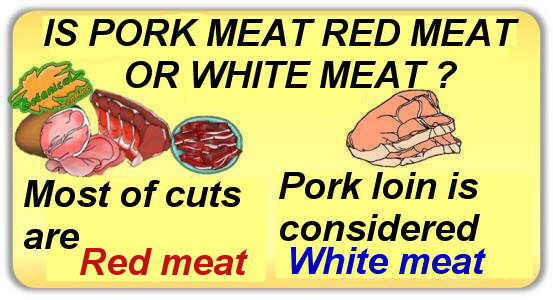
Summary: Due to its nutritional properties, pork is mainly red meat, although pork loin and pig’s trotters can be considered white meat
Is it advisable to eat pork?
Analyzing the previous table, we can understand why some professionals classify certain parts of the pig, such as the loin or the feet, within the group of white meats. This means that the loin is a meat that does not provide as much iron as others, like veal. However, most parts of the pork are red meat.
At this point, the question that readers usually ask is: if pork loin is white meat, does this mean it is healthier? On the one hand, yes, in the sense that consuming less iron of animal origin is associated with fewer nitrosamine problems (which, remember, are induced by iron of animal origin through what is known as endogenous nitrosamination).
But, on the other hand, do not forget that a pig is a large mammal, which requires many resources to grow. This implies that its consumption is very expensive for the planet. Therefore, at an ecological level, it is preferable to consume meat from poultry, eggs or legumes, rather than obtaining proteins from large mammals such as pigs.
Many experts warn that in the diet of the future it will be necessary to contemplate not only the proteins and nutrients of food, but also the ecological impact of food. And it is that, in the time of global overpopulation with 7,000 million inhabitants, we have to start to really worry about the health of the planet.
It seems that the diet of the future must be an eminently vegetarian diet, which, moreover, is potentially beneficial for human health and for the health of the planet.
Composition and comparison between chicken and pork loin
Analyzing its nutritional composition, we see that chicken meat has less iron than pork:
| Nutritional composition of CHICKEN MEAT and PORK LOIN for 100g | ||
|---|---|---|
| Nutrient | Chicken with skin | Pork loin |
| Calories (Kcal) | 151 | 109 |
| Carbohydrates (g) | 0 | 0 |
| Proteins (g) | 30,54 | 20,95 |
| Fats (g) | 3,17 | 2,17 |
| Fiber (g) | 0 | 0 |
| Iron (mg) | 0,45 | 0,98 |
| Calcium (mg) | 5 | 5 |
| Zinc (mg) | 0,9 | 1,89 |
| Phosphorus (mg) | 258 | 247 |
| Potassium (mg) | 391 | 399 |
| Sodium (mg) | 52 | 53 |
| Thiamin (vitamin B1) (mg) | 0,11 | 1 |
| Riboflavin (vitamin B2) (mg) | 0,21 | 0,34 |
| Niacin (vitamin B3) (mg) | 12,13 | 6,7 |
| Pyridoxine (vitamina B6) (mg) | 1,57 | 0,77 |
| Vitamin B12 (mcg) | 0,21 | 0,51 |
| Vitamin D (UI) | 1 | 8 |
| Cholesterol (mg) | 104 | 65 |
*Caption:
![]() = This indicates high content in this nutrient
= This indicates high content in this nutrient
![]() = Foods of animal origin do not contain fiber (of vegetable origin). It is recommended to combine these foods with vegetables and fruits
= Foods of animal origin do not contain fiber (of vegetable origin). It is recommended to combine these foods with vegetables and fruits
![]() More information on nutrition.
More information on nutrition.

